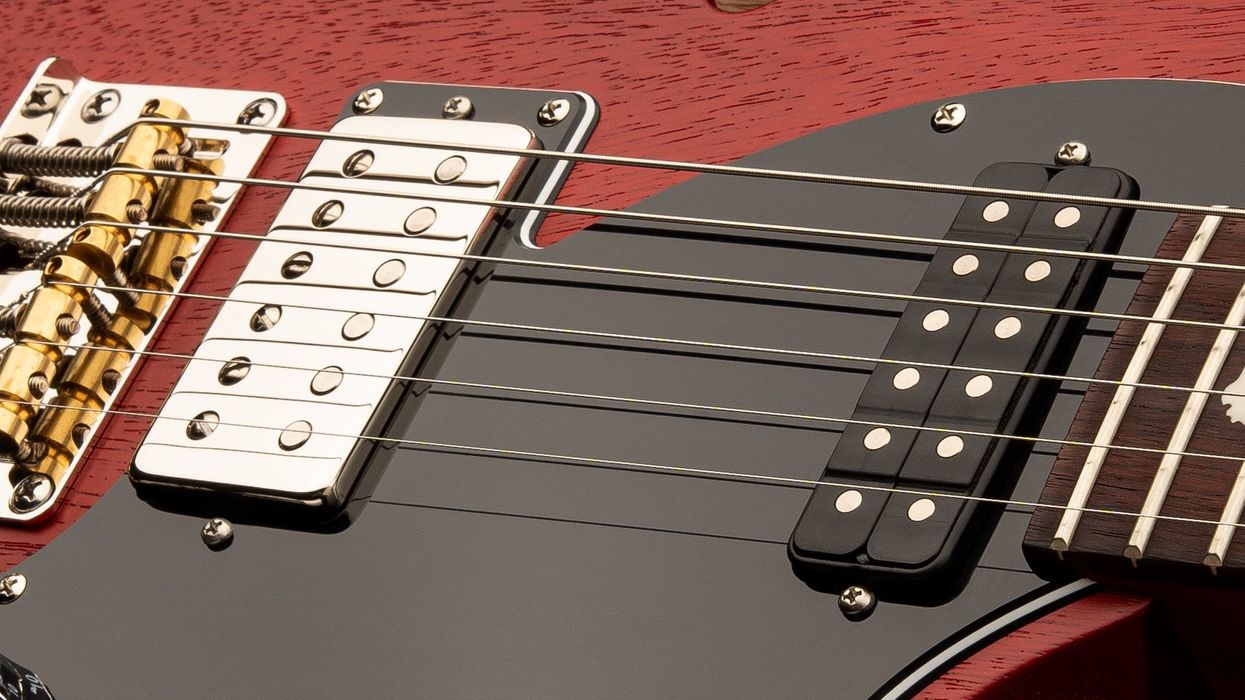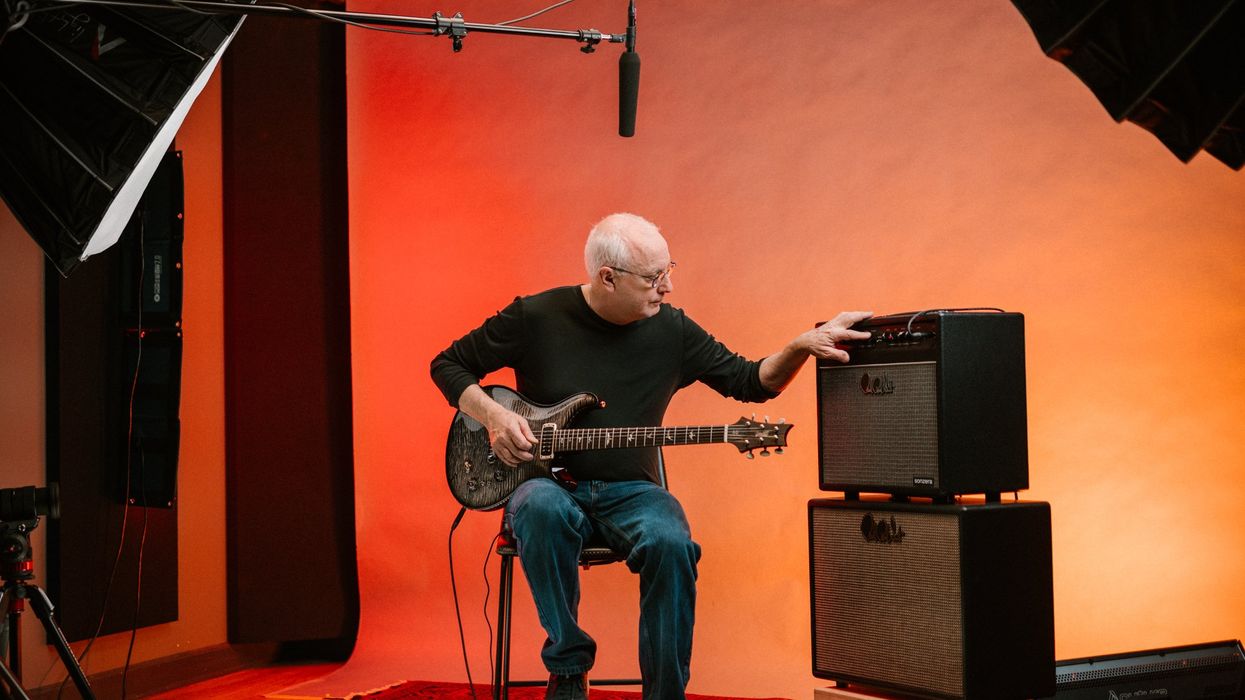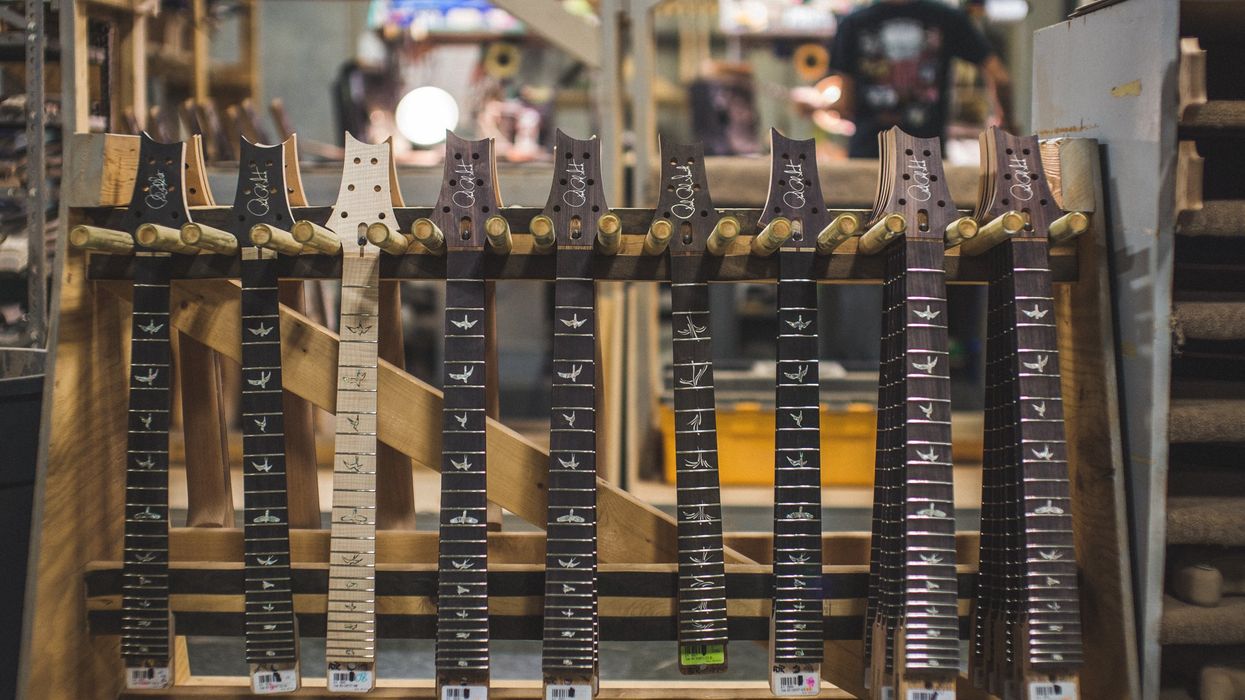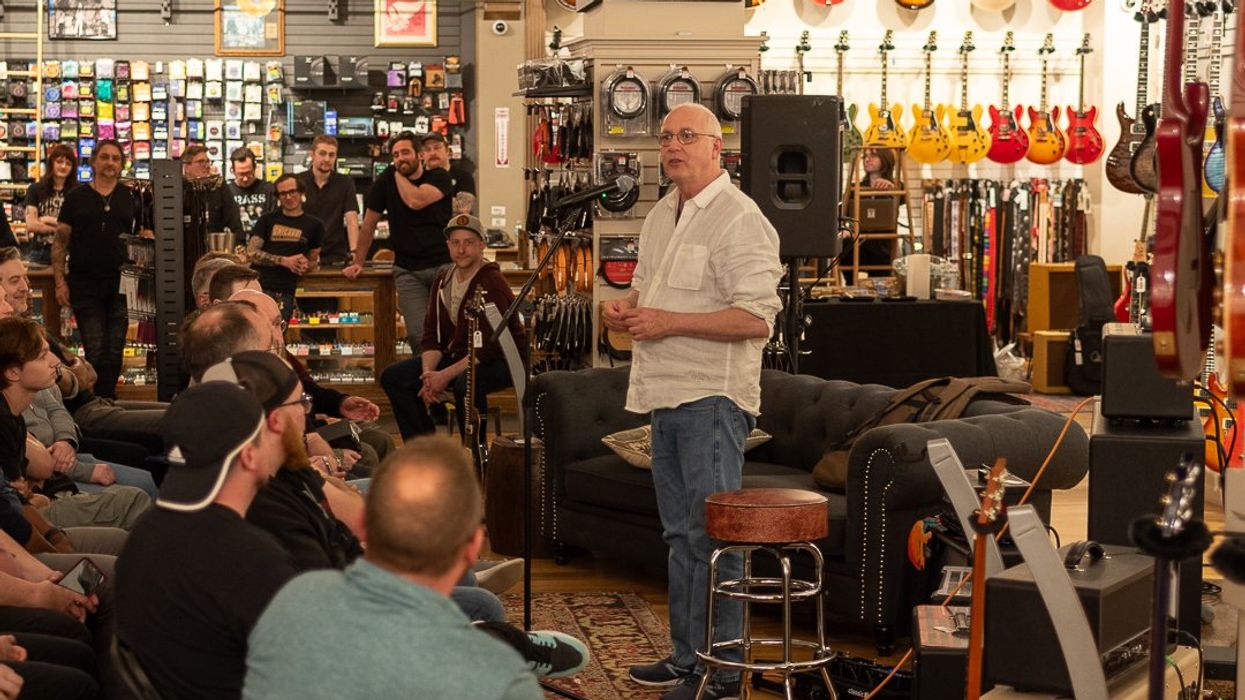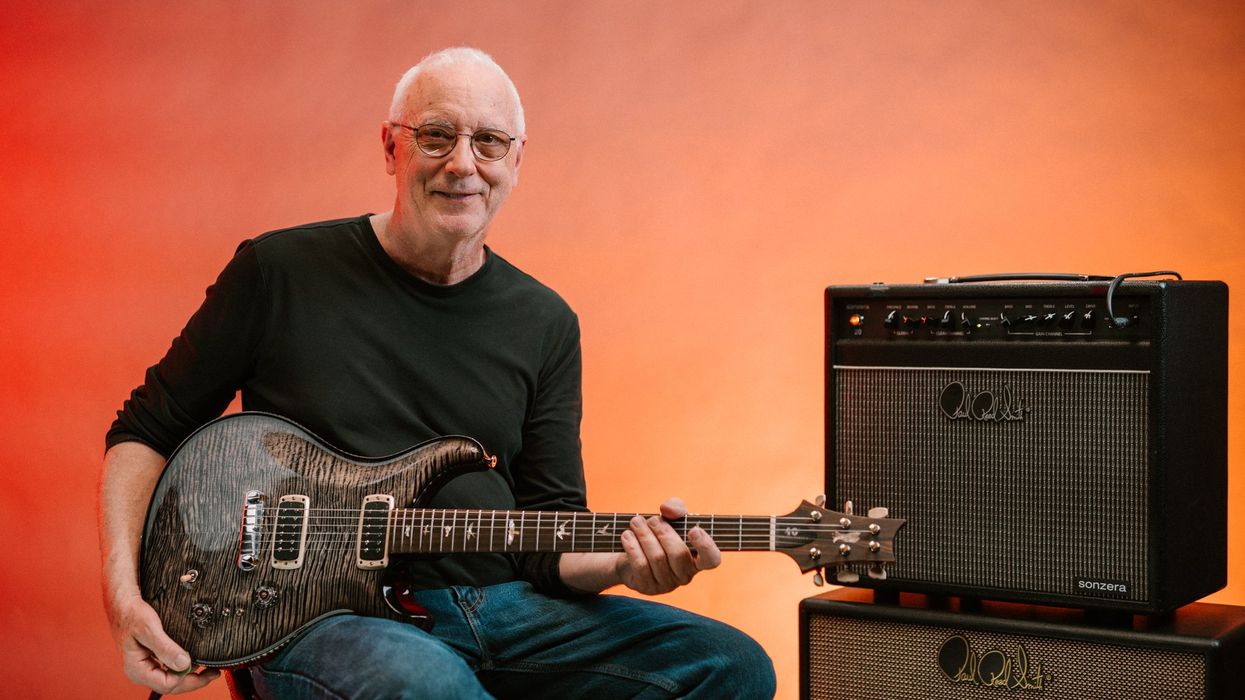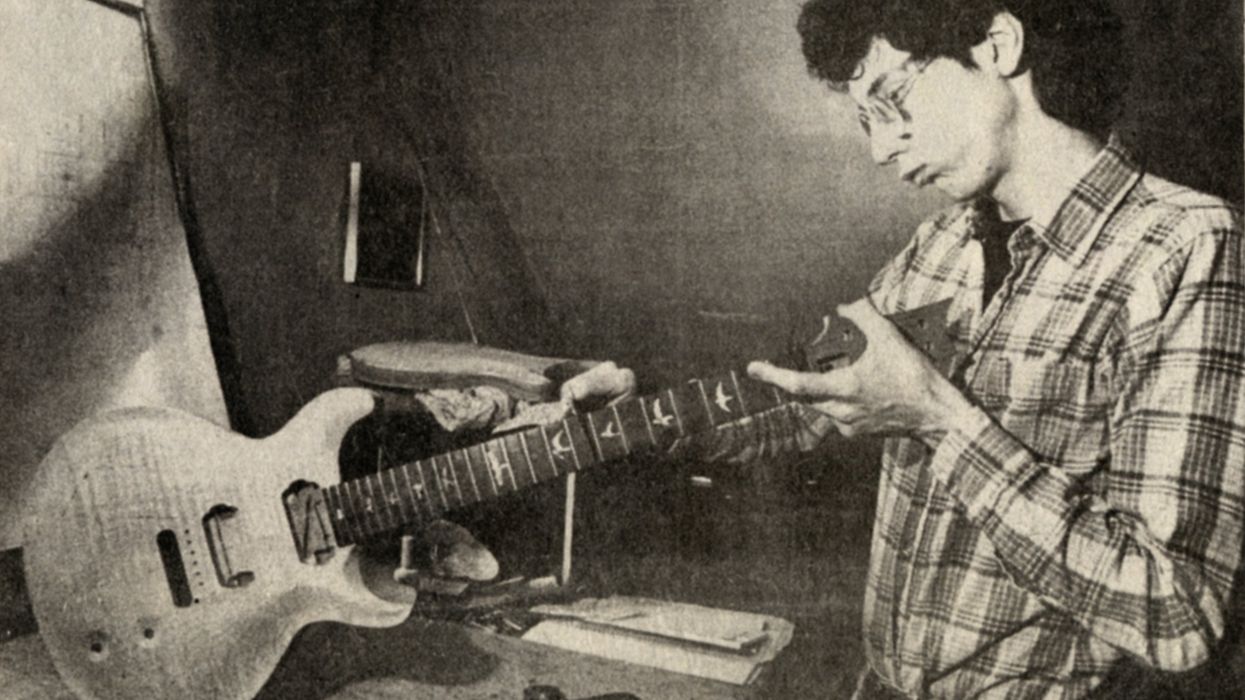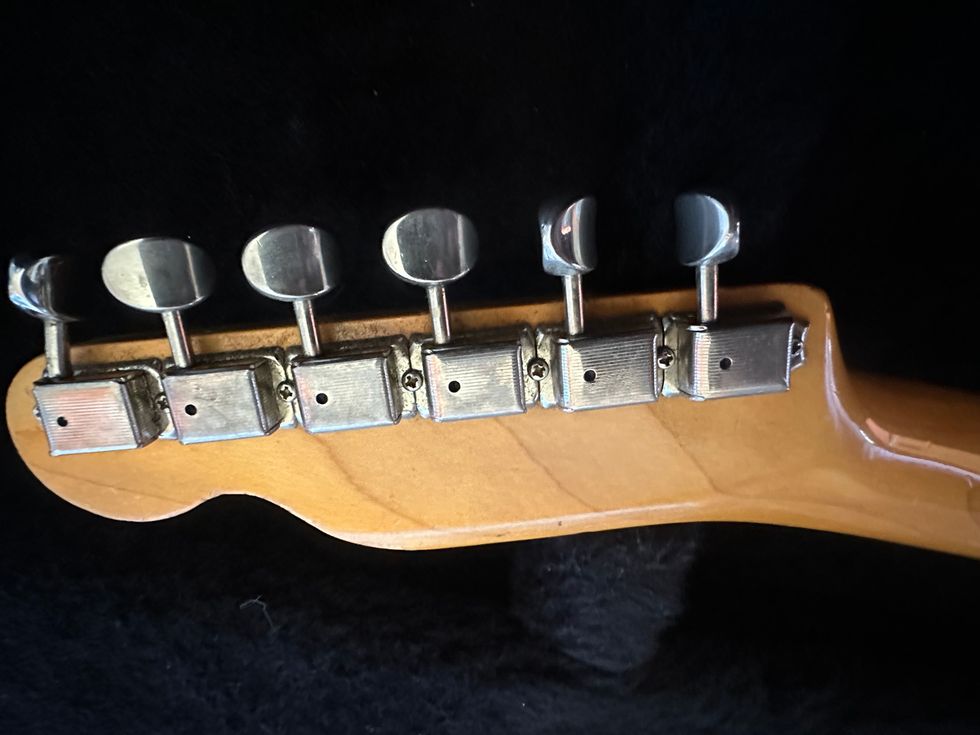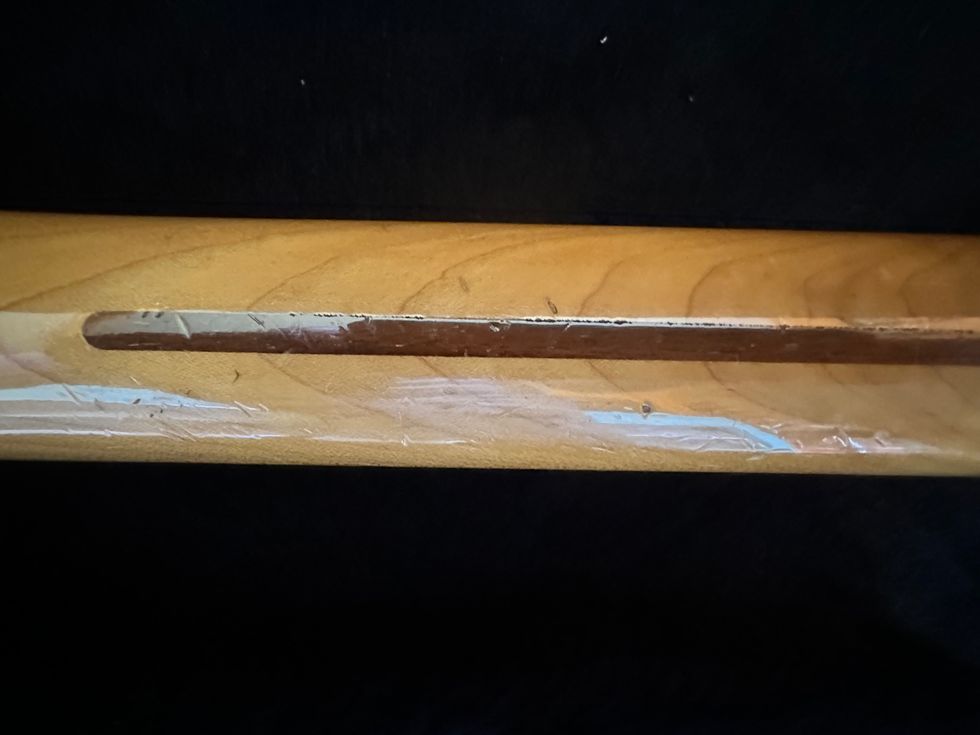Pickups, by definition, are magnetic microphones that lay under guitar strings. These devices are a fundamental piece of our musical instrument industry and, rightfully, get a lot of serious attention from guitarists/musicians. PRS has spent an inordinate amount of time, research, and engineering on these devices. They are complicated equations—a combination of magnetic materials, magnetic manufacturing/engineering methods, magnetic strength, physical dimensions and layout, coil winding for turning magnetic fields into electrical signals, coil-wire gauge and wire coating (type and thickness), wax potting to prevent howling and squealing (wax type and amount), electrostatic and magnetic hum protection in the form of pickup covers and cover material, cabling for attaching the pickup to the electronic controls of the instrument, pot values, and capacitor values and types.
The magic is in the interactive nature of all these factors … and then some. (This list is for passive pickups and does not include many aspects of active pickups.) Sometimes I see pickups boiled down to only a few factors, and I do not think that is a sophisticated enough view of these complicated and potentially beautiful-sounding devices.
As an example, it is thought that most players have an idea of the sound that humbucking pickups with alnico 4 magnets that are wound to 7.8k make. They’re historically associated with PAF humbuckers, but those qualities don’t fully explain what gives those pickups character. For example, if the pickup’s wire is standard-size 42 gauge, at 5,000 turns the pickup would have a resistance of about 7.5k. If you use 42-gauge wire that is undersized (which is a common inconsistency) and 4,800 turns, the pickup would still be around 7.5k. Because of the wire diameter and different number of turns, the pickups would sound different even though it’s the same magnet and same resistance. The wire matters; 7.5k is just the resistance of both coils. Just as wire diameter varies, alnico 4 purchased from four manufacturers sounds four different ways, so you have to compensate for that in other design areas as well.

If you think about the sound of a Strat, there is a “whistle note” (or you can think of it as a “ping note”) in every note you play. Think about playing on the neck pickup on a Strat; you can hear that whistle sound in every note. The pickup without a load is resonating at about 11k and at about 15 dB. Fifteen decibels is a lot. Imagine adding 15 dB of 11k (high treble) to your vocal at a gig! The potentiometers on a Strat, and those are 250k (which is a fairly low value for a volume and tone control), calm down how loud the whistle note is. When these single-coil pickups are built well, this whistle note can be very musical. Just think of Robbie Blunt playing “Big Log” on Robert Plant’s 1983 album The Principle of Moments. For us at PRS, getting the whistle note to be the right frequency and the right volume is very important. It is believed, for good reason, that an old PAF pickup can sound very much like a single-coil Strat pickup. That is because of the frequency and volume of the whistle note coming out of these vintage pickups.
“In the end, it’s really simple. Do you like the sound of the pickup? Will it do the job that you’re looking for the instrument to do?”
In the end, it’s really simple. Do you like the sound of the pickup? Will it do the job that you’re looking for the instrument to do? When David Grissom worked with us on our DGT pickups, he spent almost a year on them, and at the end of the process, he was adjusting the coil wire by 25 turns at a time until it was exactly where he wanted it. And that’s only the amount of turns. We also evaluated the magnetic type, strength, etc. I bring up all these parameters to give you an idea of how complicated it is to get all the specifications to dance well together. I like what’s going on pickup-wise at PRS and believe that our 2025 offering is gonna turn some heads. Normally, I don’t bring up what we do at PRS in these articles, but this time I think it’s worth mentioning, so stay tuned.
Consider all the types of pickups out there: humbuckers, covered humbuckers, P-90s, Strat single-coils, Tele single-coils, Gretsch Filter’Trons, Jazzmaster, P Bass, Jazz Bass, no-hum single-coils, and mini-humbuckers that make single-coil sounds. Within each one of these types, there can be scores of variations. How to choose? Simply try a pickup and see if you like it!
